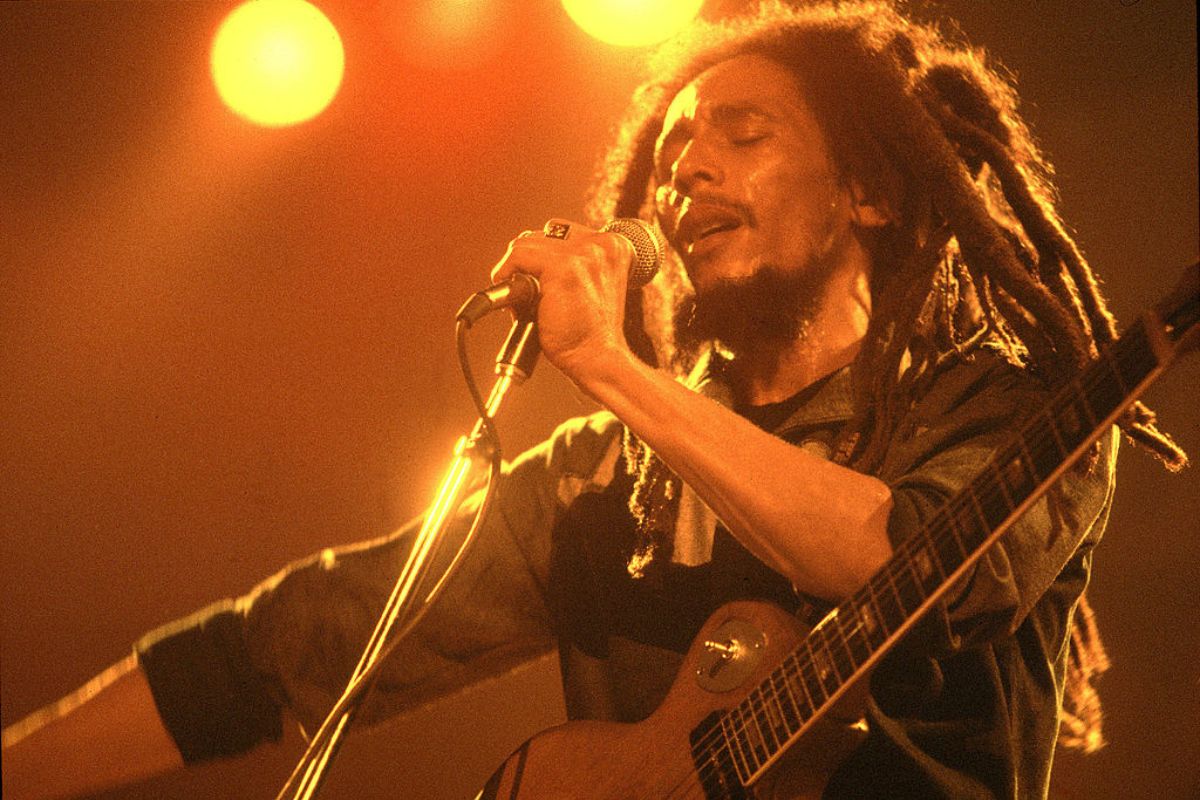With the recent buzz of the US issuing a travel advisory for Jamaica, my curiosity was piqued when I received the opportunity to visit Kingston for the first time. Travelers typically talk about other island destinations like Montego Bay and Ocho Rios. However, the Caribbean island’s capital city doesn’t get nearly the love that it deserves.
Much like any other capital of a country, Kingston is not without its challenges. Yet, the version of Kingston I experienced was warm, welcoming, and actively working to amplify the culture and creativity of its people. Not only is Kingston the birthplace of one of the most global genres of music — reggae, but the wealth of history and Black culture is palpable. While wandering the city’s streets, I wondered if Kingston’s strides for progress would make the island’s most world-renowned figure, Bob Marley, proud.
Originally born in Nine Mile, St. Ann, Marley moved to Kingston with his mother when he was twelve years old. As “Bob Marley: One Love” hit theaters this week, I’m reminded of my beautiful experience in Kingston exploring some of Tuff Gong’s favorite places. From the tenement yard of Trench Town to the waterfalls and beaches Marley loved, these culturally significant sites are sure to stir up the love Jamaica’s most cherished figure held for his country.
Trench Town Cultural Yard
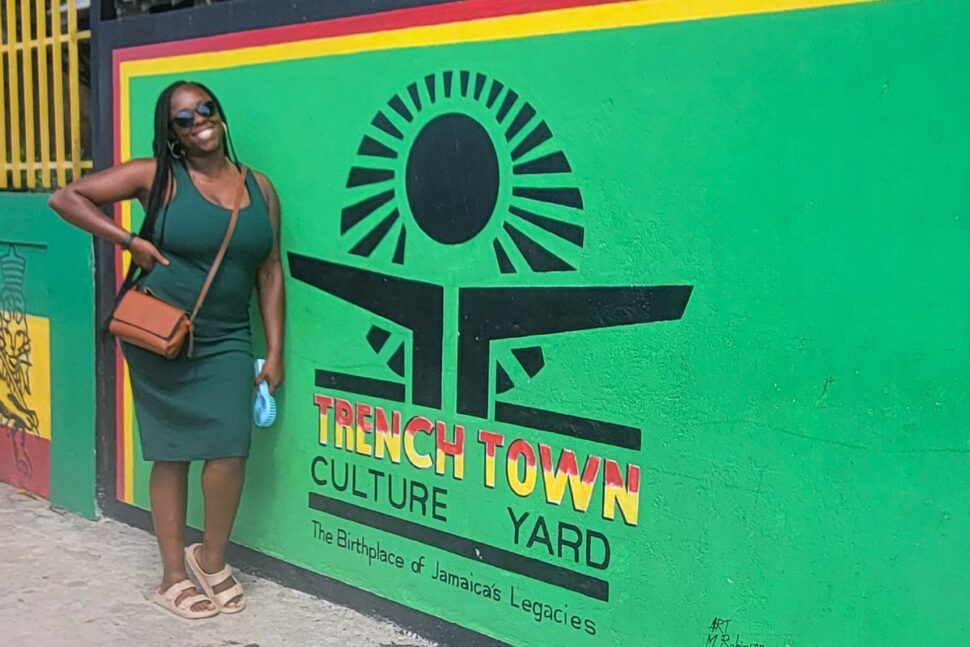
The Kingston chapter of Marley’s life began in Trench Town when he and his mother moved from Nine Mile in 1956. Once the stomping ground of music legends Jimmy Cliff, Peter Tosh, and Burning Spear, Trench Town is the birthplace of reggae. Visiting the tenement yard that these cultural figures once called home offers insight into the conditions that inspired the messages in Jamaican artists’ lyrics.
Today, Trench Town Cultural Yard is a tourist destination where you can gain a greater understanding of the way of life when Marley lived there. Along with a walking tour through the yard, you’ll get to hear the stories of Trench Town as told by members of the community. This is where Marley would eventually meet his wife, Rita, and connect with many of the other artists he would go on to make music with. This stop on your Kingston itinerary is a heartfelt one, and you’ll understand why Marley felt compelled to be the voice for the voiceless.
Head Uptown to the Bob Marley Museum
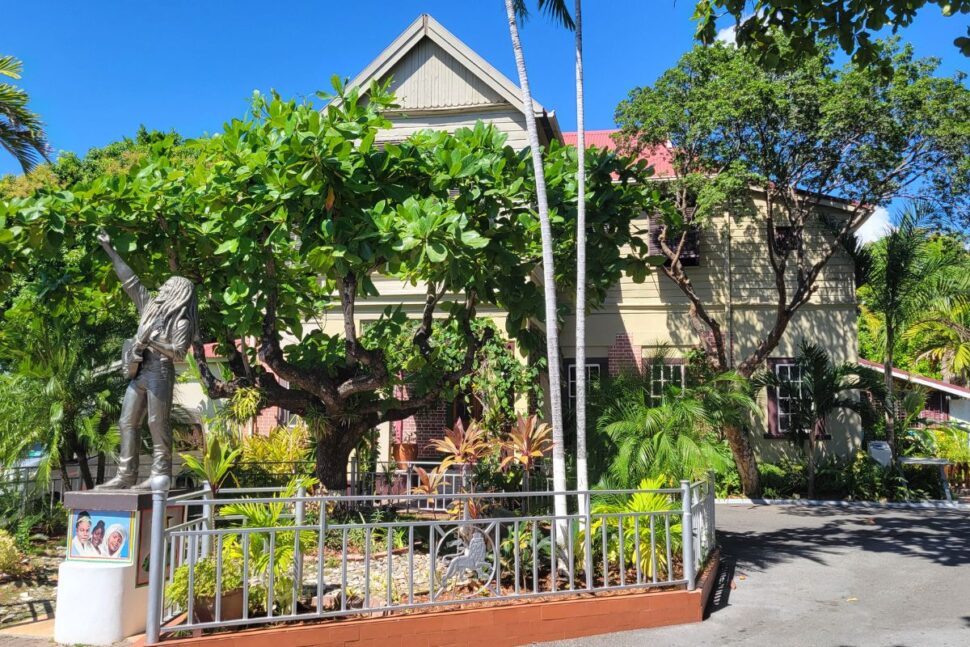
Located at 56 Hope Road, Marley acquired this property from Island Records owner Chris Blackwell as part of a contract renegotiation. In 1979, when music journalist Vivien Goldman asked Marley if he was concerned about leaving “the ghetto” behind for more luxurious pastures on Hope Road, Marley made it clear, “Sista, I bring the ghetto uptown.” The home became a communal space for Marley and his closest loved ones, serving as both a living space and a music studio.
Five years after Marley’s transition, the Bob Marley Museum opened to the public in May 1986. Without giving too many spoilers, you can take a trip back in time to dive deeper into his life. The museum has done well to preserve hundreds of personal items that belong to the Marley family. There’s even an entire room in the home dedicated to Rita Marley. A star in her own right, Rita has continued to honor her late husband’s legacy through projects such as the transformation of their home into a museum for the world. Meditate in the same spot where Marley got inspired to write “Three Little Birds” and see firsthand where he and his family were ambushed just two days before the Smile Jamaica Concert. A visit to the legend’s former home is sure to leave a lasting impression.
Wash Your Worries Away At Cane River Falls
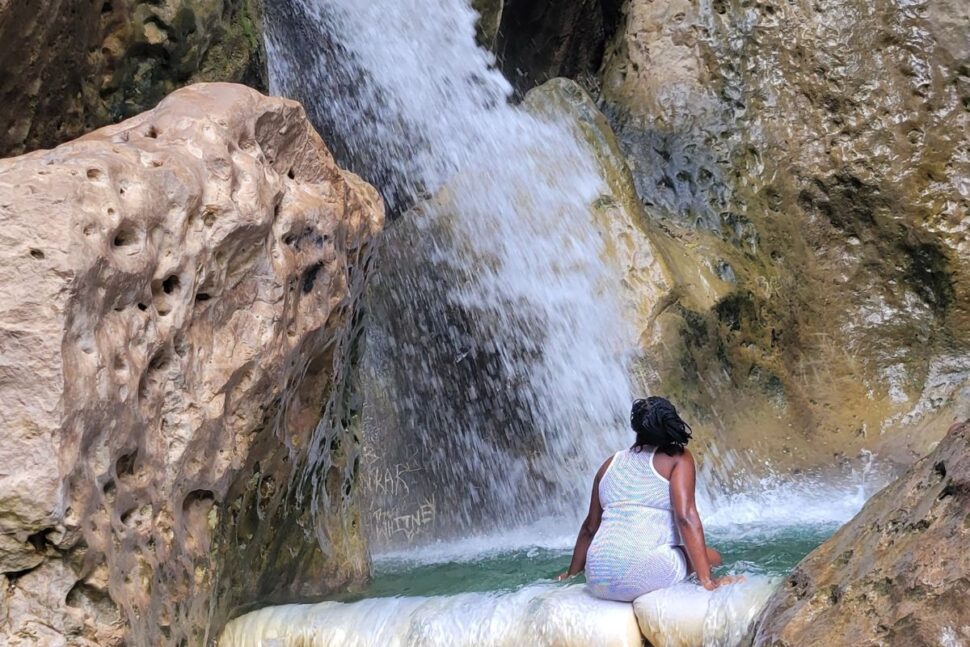
When it comes to waterfalls in Jamaica, Dunn’s River Falls gets all the hype even though the island has nearly 100 of them. Cane River Falls, however, is a secluded waterfall adventure that’s less than an hour from downtown Kingston. Located in Bull Bay, this is one of several spots Marley would go to exercise and pass the time. As a dedicated athlete, he loved to come to Cane River Falls to run the 100 steps down into the valley to get to the falls.
The best part of this nature attraction is that you’ll mostly only find locals, at least for now. The falls also make an appearance in the biopic so the days of a non-crowded experience may be fleeting. Cane River Falls is a magical retreat that’s the perfect place to reconnect with yourself and nature. After your first visit, you’ll get why Marley loved to come to the falls.
Soak in the Sun at Bob Marley Beach

After visiting Cane River Falls, travel along the coast for only a few more minutes to visit Bob Marley Beach. Tucked behind a local village, you’ll want to lean on the wisdom of a local driver to access this beach. While most destinations boast white sand beaches, I appreciated the grayish-black sand of Bob Marley Beach.
The atmosphere is very local, with rentable huts along the shore as the DJ plays Marley’s most popular songs. Imagine laying on the same beach where Marley once spent his days while absorbing the profound life lessons in his lyrics. Bob Marley Beach is yet another special place that brings understanding to his dedication to the liberation and pride of Jamaican people.
Discover Your Soul Rebel at Tuff Gong Studios
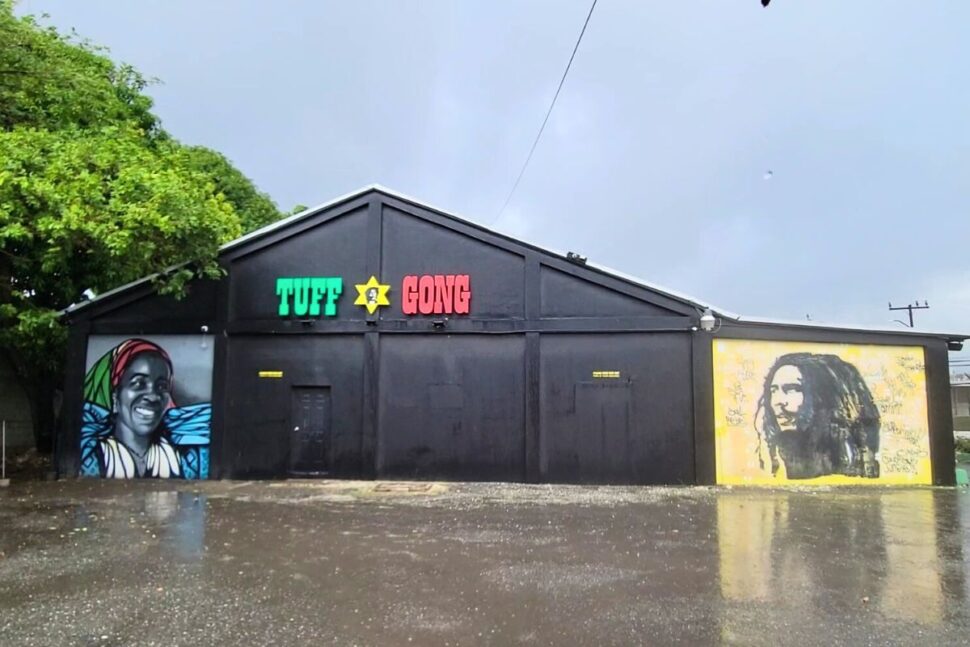
Although Bob Marley didn’t technically spend significant time at what is now Tuff Gong Studios, you can’t help but think that this was a dream realized for him posthumously. The story goes that Johnny Cash invited Marley to a studio session at the property which was originally Federal Records. Upon arrival, because Marley was a Rastafarian, he was denied entry. He vowed to buy the studio one day because of the incident, and although he never did during his lifetime, his wife Rita fulfilled this prophecy in 2001.
Recording artists like Ziggy Marley, Sizzla, Jay-Z, and Koffee have graced the halls of the muti-space creative studio. Visitors to Kingston can take a tour of the facilities, see some of Marley’s old recording equipment, and even cut their own Marley-inspired record.
